
 |
|
|
|
I decided that the drones needed should be the low D, the low G and the high d. The reasoning behind this choice was driven by the expectation that a keyed chanter would be provided. This set would allow the normal G/d drone harmony in the key of G and a D/d harmony in the key of D. Later in the design process, after some prompting from Kathryn Tickell, I found a really easy and cheap way to provide a bead on the G drone so that a D/A/d harmony would be possible in the key of D.
To simplify the manufacture I divided the standing part into 2 separate items. The main body and the top part that carries the O/Ring seal and fits into the sliding part. Separating these parts had a number of benefits:-
Once the decision had been made to separate the standing part it was easy to see that threading the part so that they could be screwed together made good sense. I also decided to screw the standing part into the drone stock as this made it possible to clamp the reed in position.

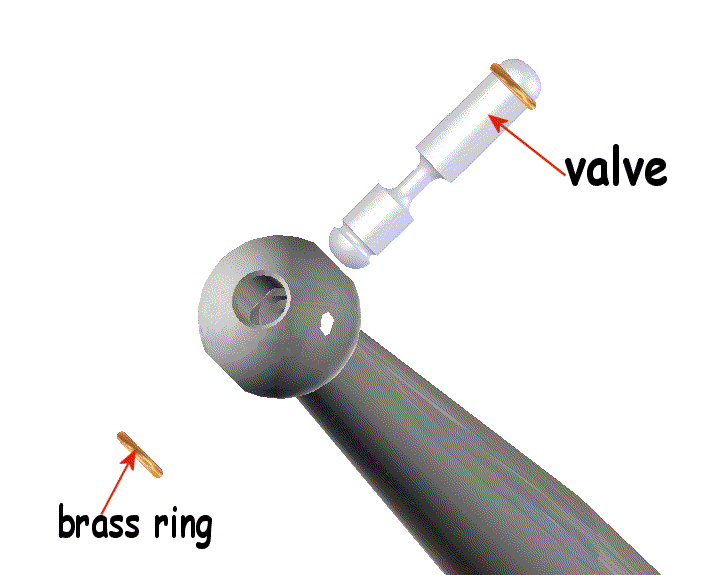 |
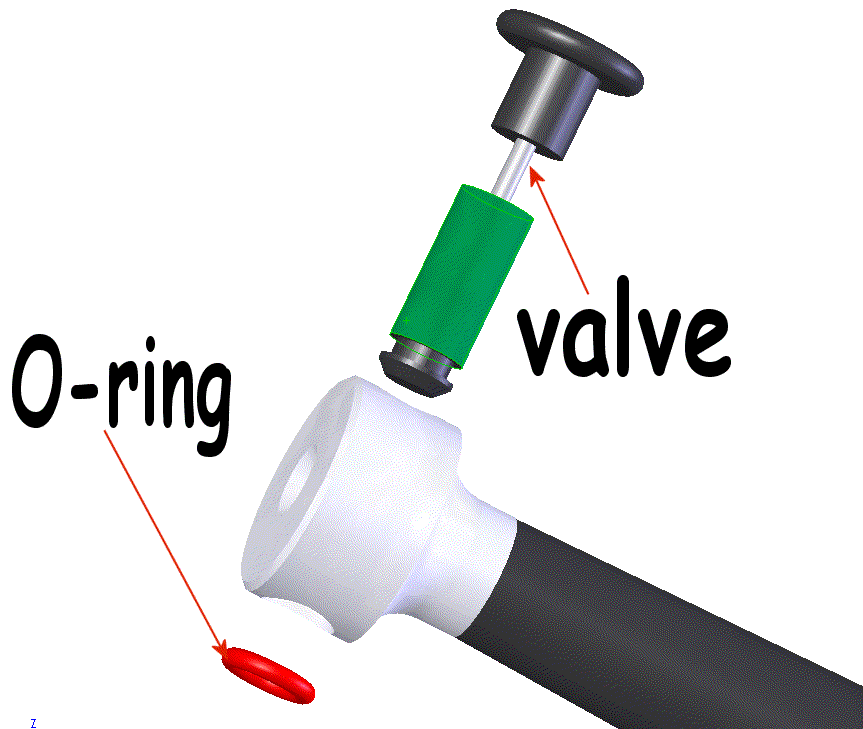 |
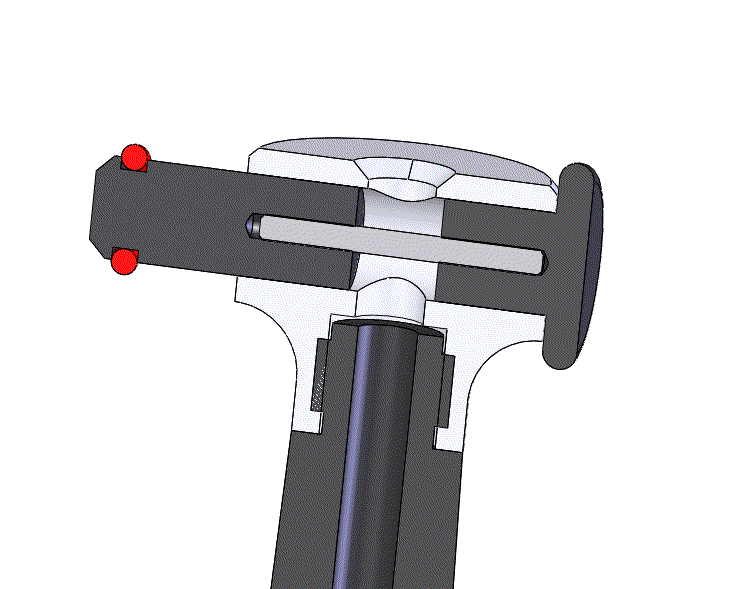 |
| |
click on picture to download a short movie of it in action. |


Because the initial production was to use only an unkeyed chanter the first drones didn't have this feature.
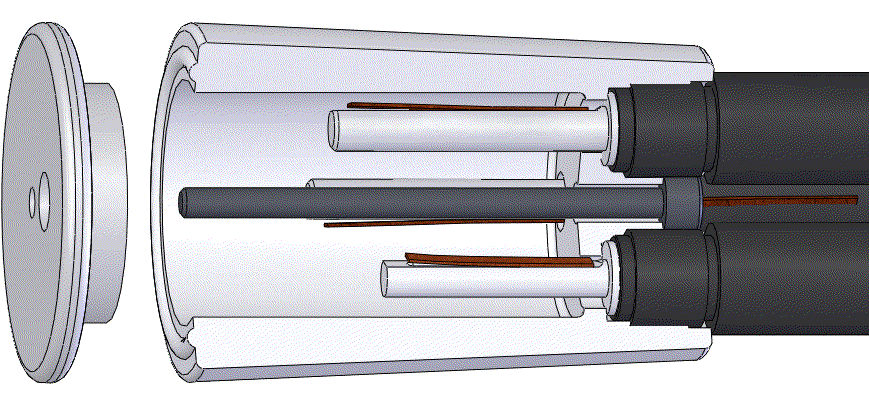
In practice the only element I would change was the lip feature to clamp the bag. I think that this could be deeper and sharper to give a better grip although the sets that I have assembled for trials have had no problems at all. Having the drones in a chamber didn't have appear to have any effect on the tone and it did add another level of protection to the drone reeds. Clamping the reeds is a good idea as I have found that, with traditional sets, if the reed is the least bit loose it becomes unstable.
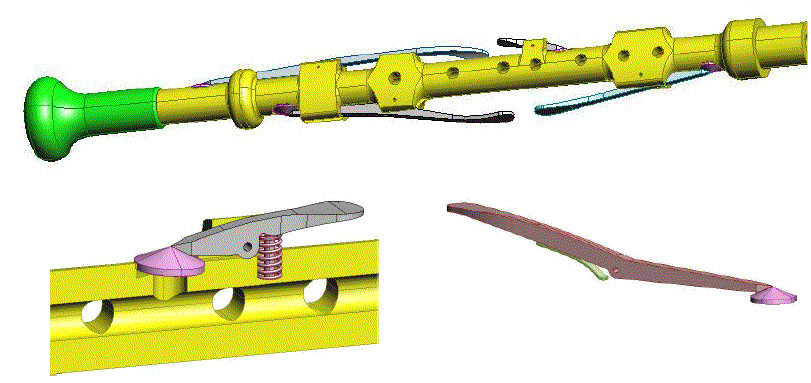
Here is a pdf file with the results of the measurement of spring forces on tradition chanters and the spread sheet used to calculate the forces when a coil spring is used.
Collected and calculated data

Although we didn't do a production run of keyed chanters I did do a lot of preparation and design to see if keys could be made at a sensible price. My best price for the manufacture of keys was about £10/key in quantities of 200 sets of 5 keys. This increased to £15 if the quantities reduced to 100 sets.
The process that looked most suitable was investment casting and this would give a reasonable accurate key needing only the pivot hole drilling. The price was for keys cast in aluminium and moving to brass would increase the costs by about 50%. So the keys alone would require an investment of around £10k and that is a 1999 price and would be almost double now.
I had reservations about the use of aluminium as in the cast state it can be quite soft and the area of the spring would have a lot of wear.
The main reason that we didn't go ahead with the production was the the up-front cost and the risk involved.
 |
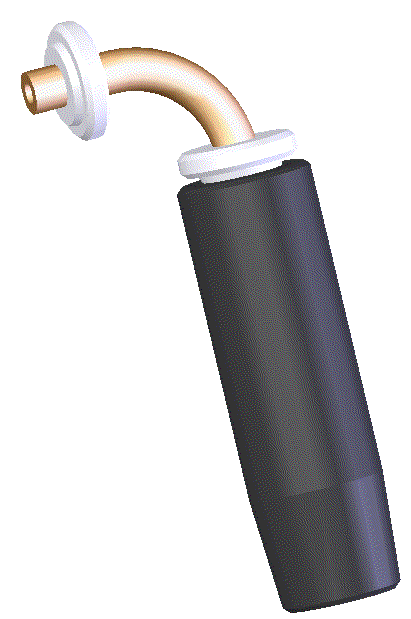 |
| |
Here are some pictures of the prototype from a memo:- Stock prototype pictures.
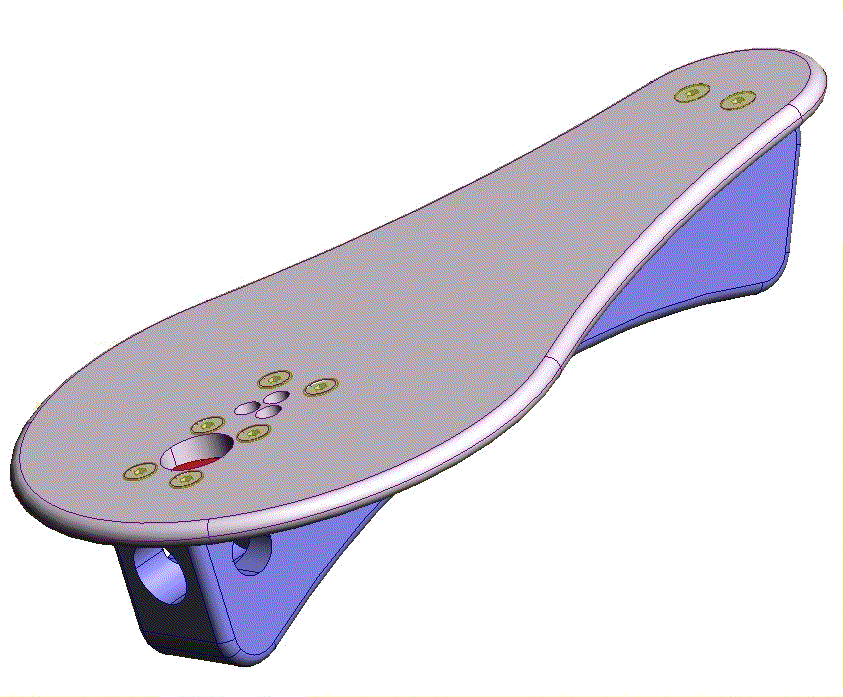 |
| plate is shown and the leatherwork is still not designed. |
The most complex part is the spine I wanted it made from acetal and I did get some attractive prices for it.
£23.5 for 100 off and £19.5 for 200 off
even if the remaining parts were £30 the total cost of the bellows assy would be significantly less than the cost of the cheapest bought bellows and I believe that it would work better.
© 2010 Mike Nelson